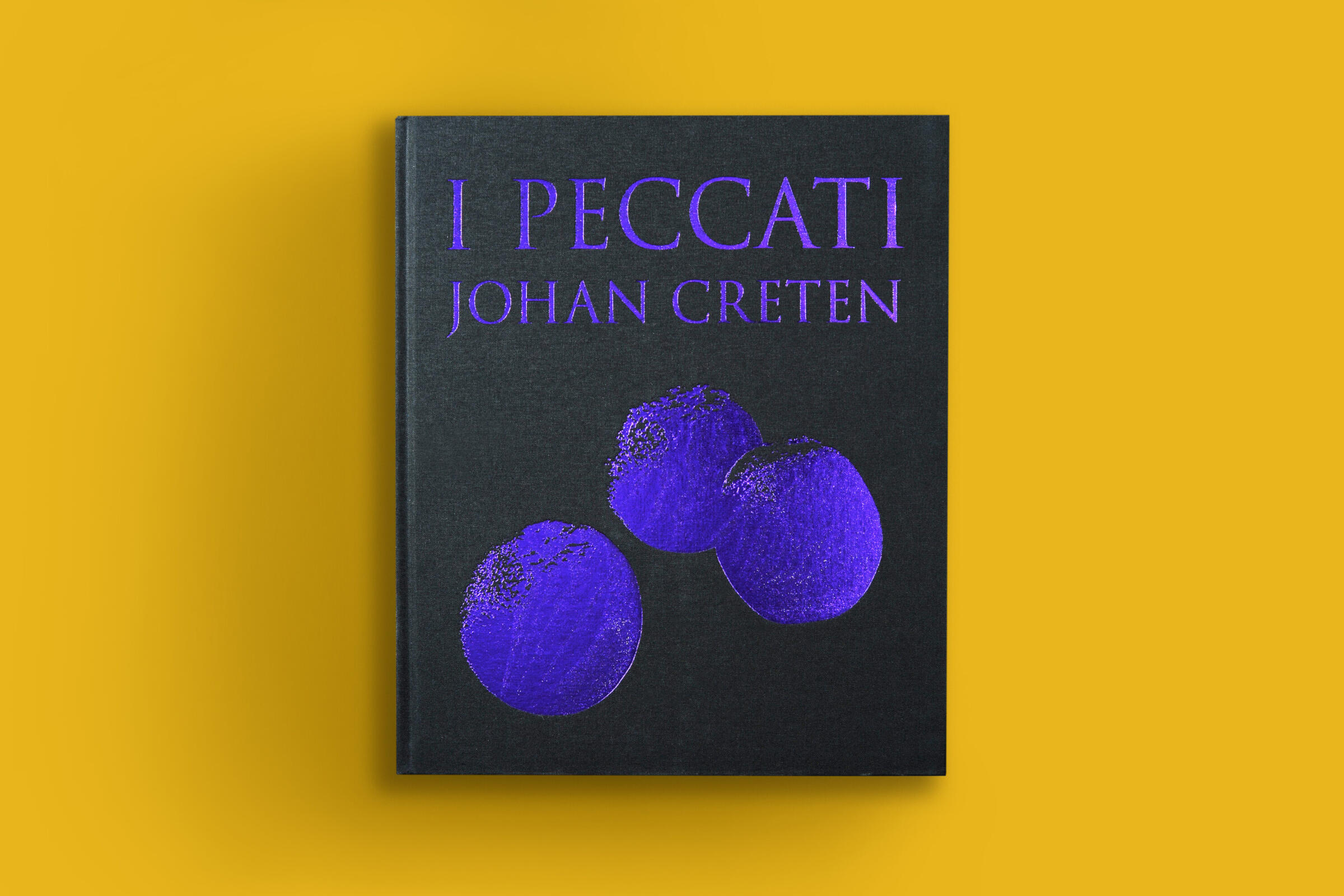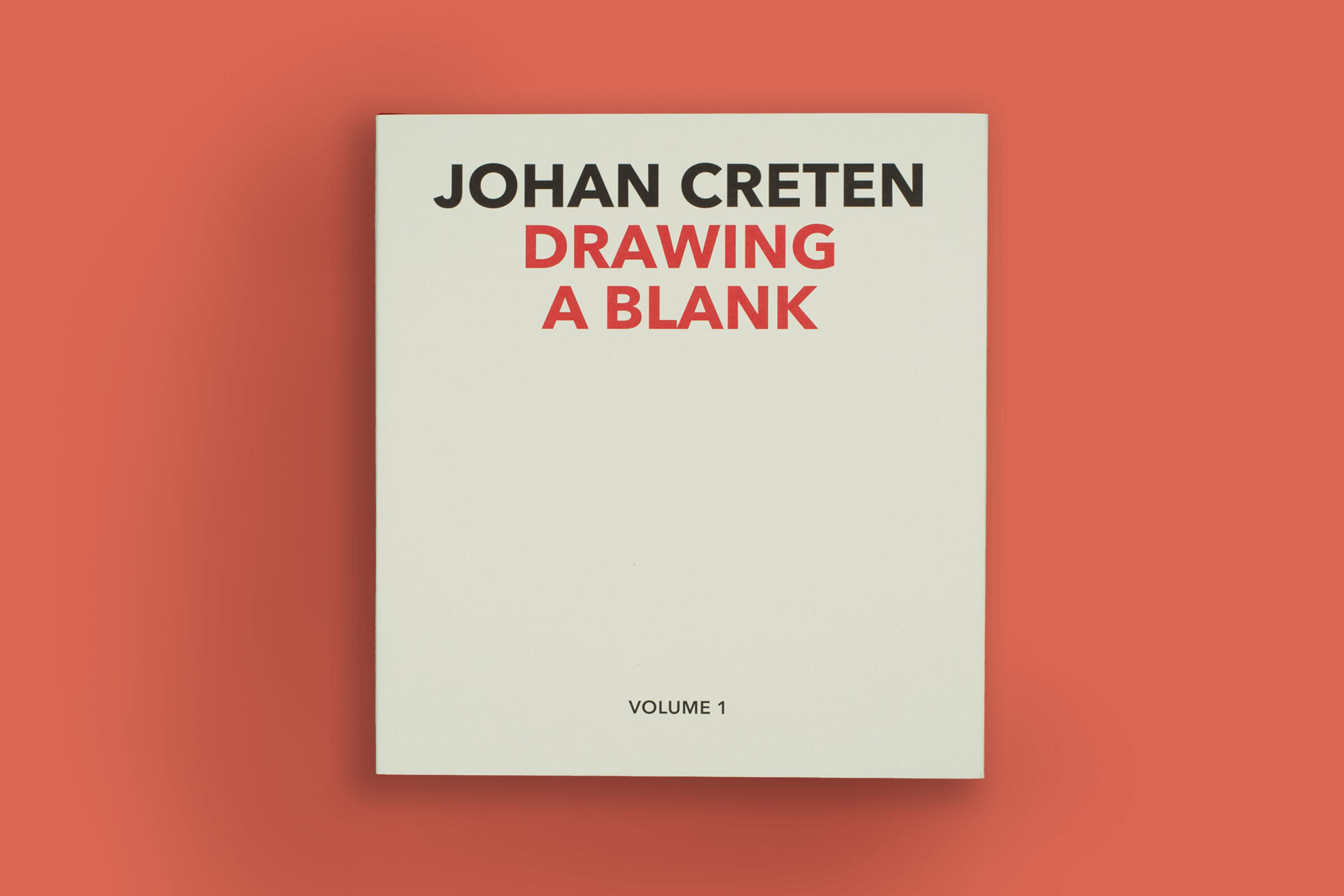
Catalog published by the Maison Gallimard on the occasion of the solo-exhibition of Johan Creten "Bestiarium" in La Piscine, Roubaix.

“BESTIARIUM”
Musée André Diligent - La Piscine
Roubaix
France
2022
This bilingual catalogue, published in conjunction with the major exhibition Bestiarium, hosted by La Piscine museum in Roubaix and published by Gallimard, explores the animality in Johan Creten's art. The artist's bestiary is a poetic and political human menagerie of new and past works...
The catalog also includes a corpus of texts written by nine prestigious authors (Laurence Bertrand Dorléac, Anne Dressen, Barbara de Coninck, Guillaume Cassegrain, Bruno Gaudichon, Fabrice Hergott, Colin Lemoine, Chiara Parisi and Joël Riff) thus proposing a poetic and social thought on a falsely naive and resolutely human bestiary.
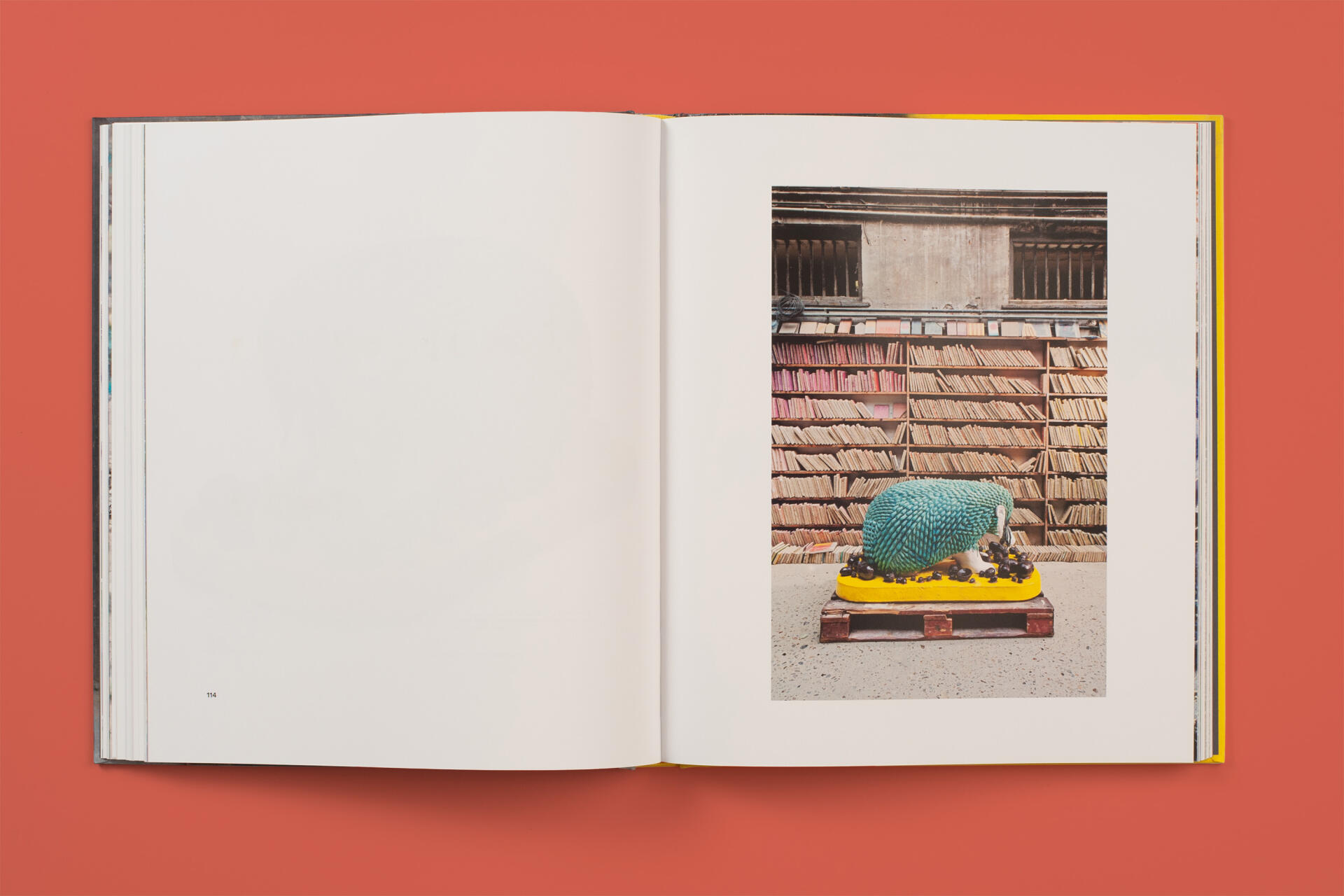
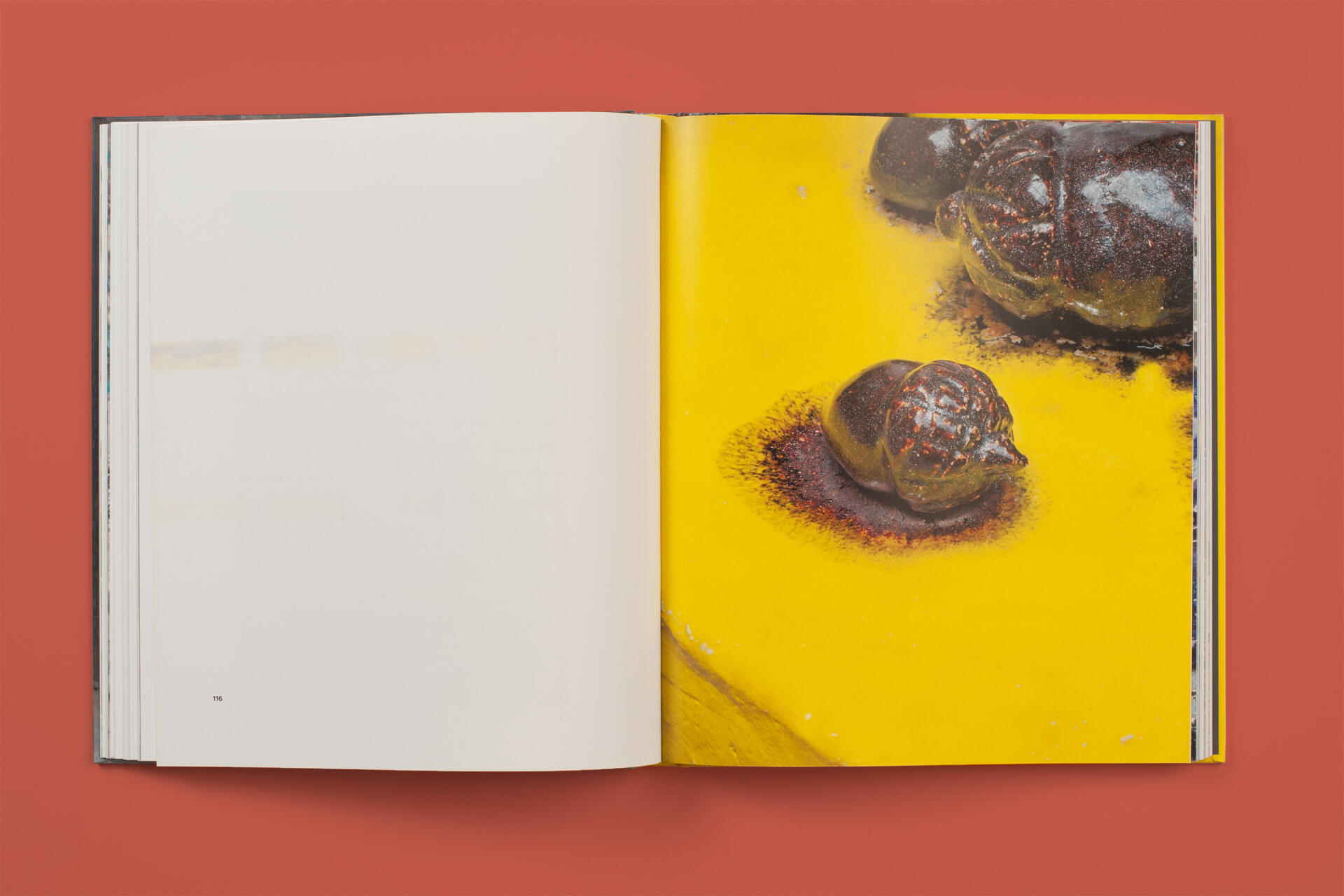
- Whatever goes upon two legs is an enemy.
- Whatever goes upon four legs, or has wings, is a friend.
- No animal shall wear clothes.
- No animal shall sleep in a bed.
- No animal shall drink alcohol.
- No animal shall kill any other animal.
- All animals are equal.
“ANIMAL FARM” George Orwell, 1945
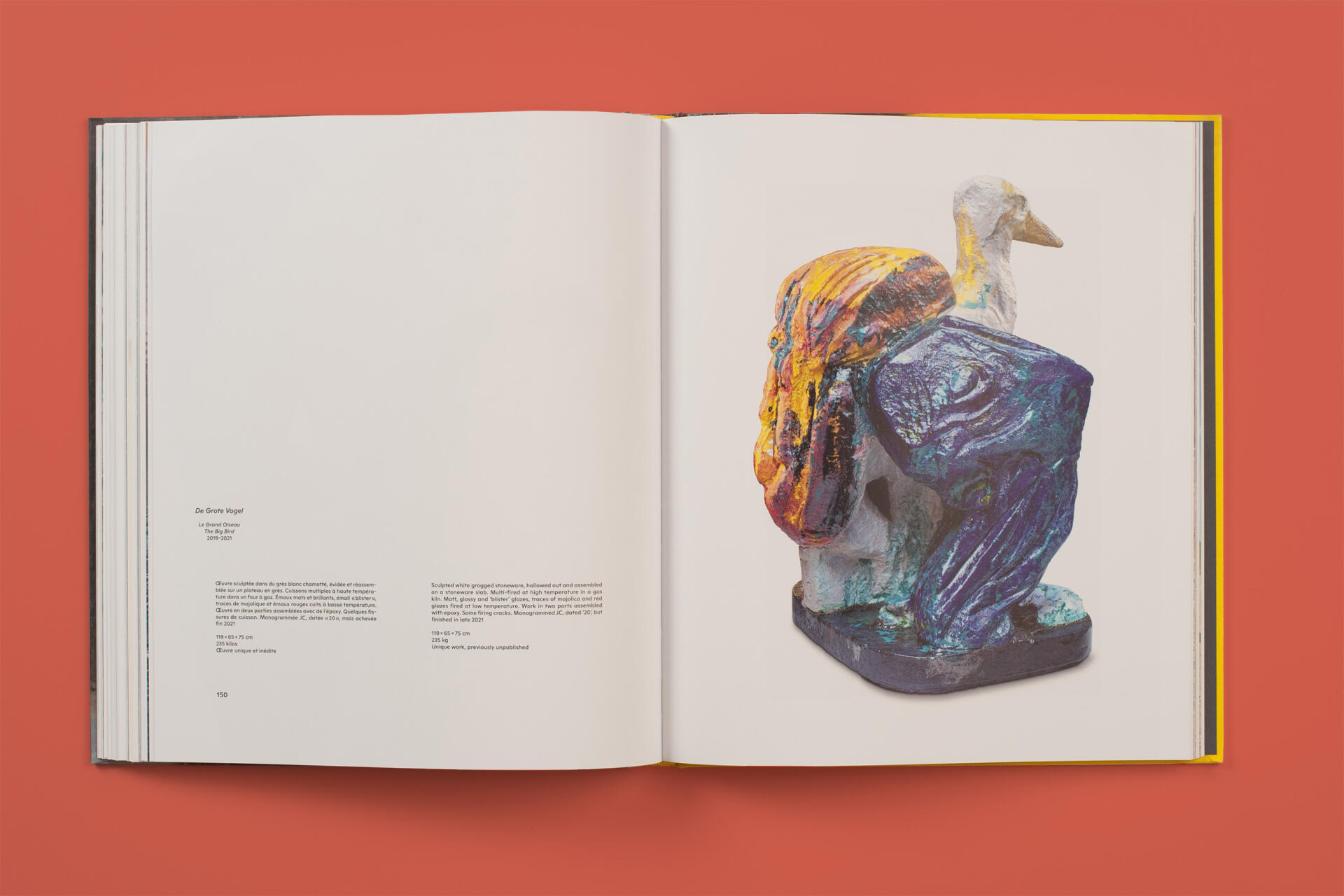
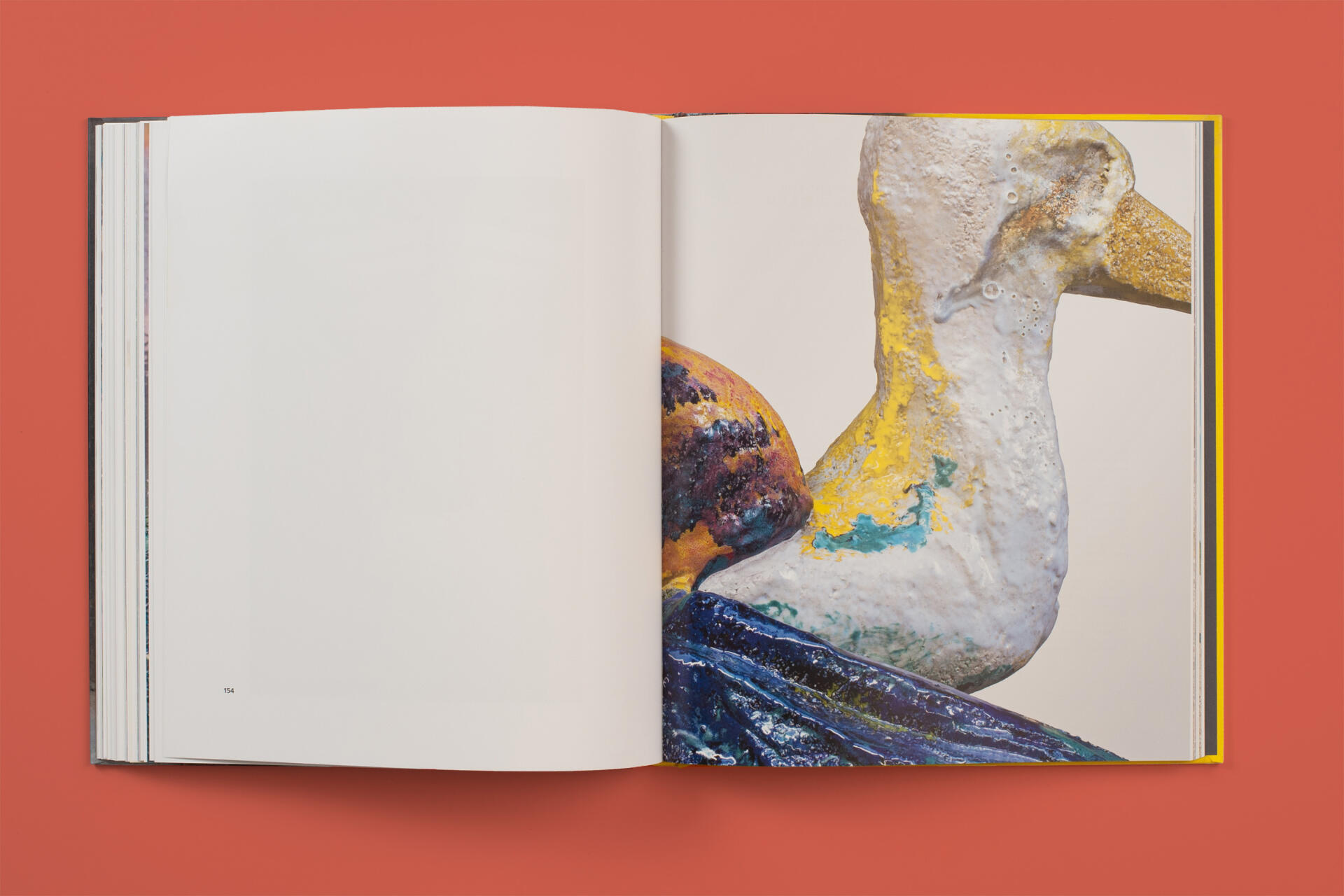
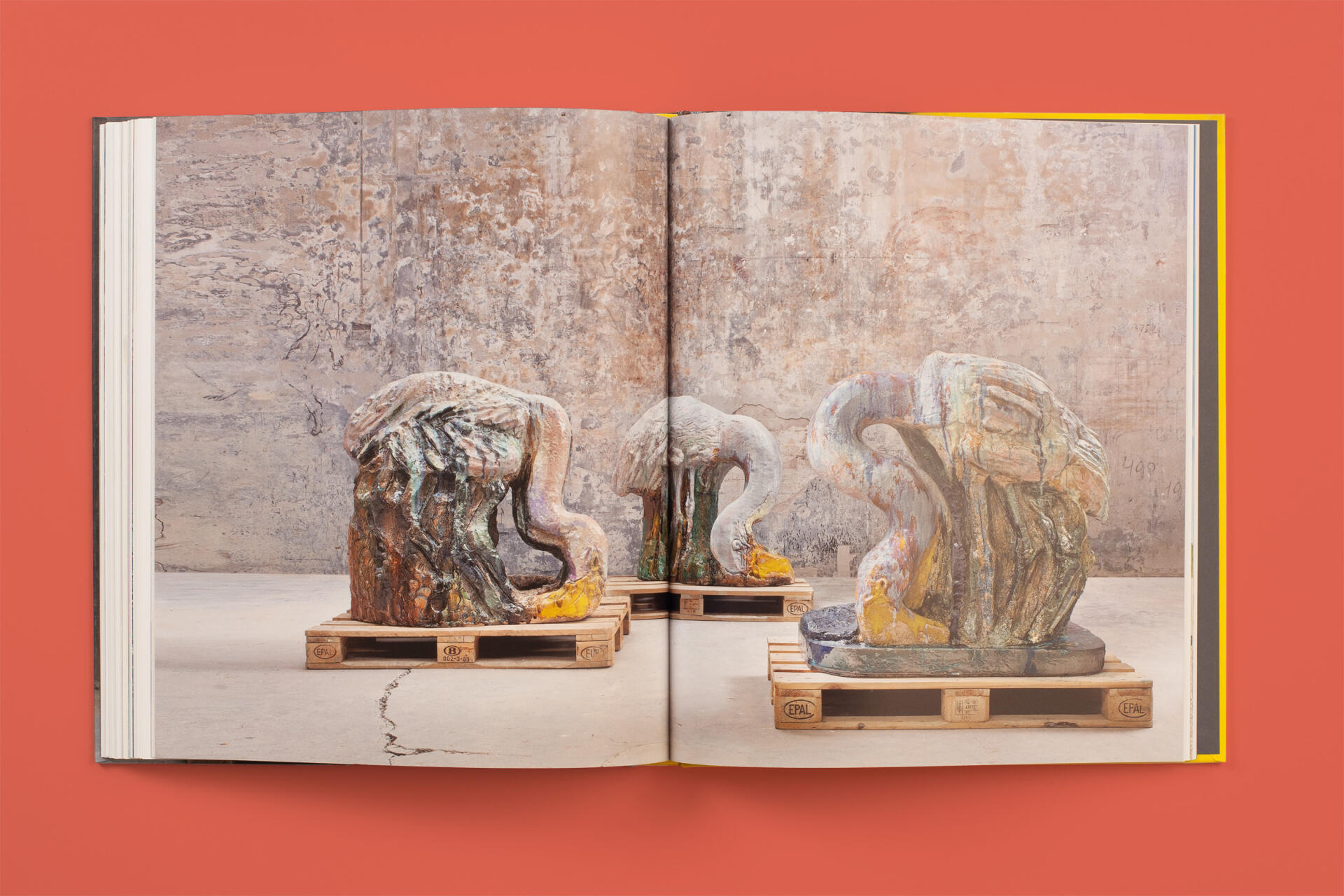
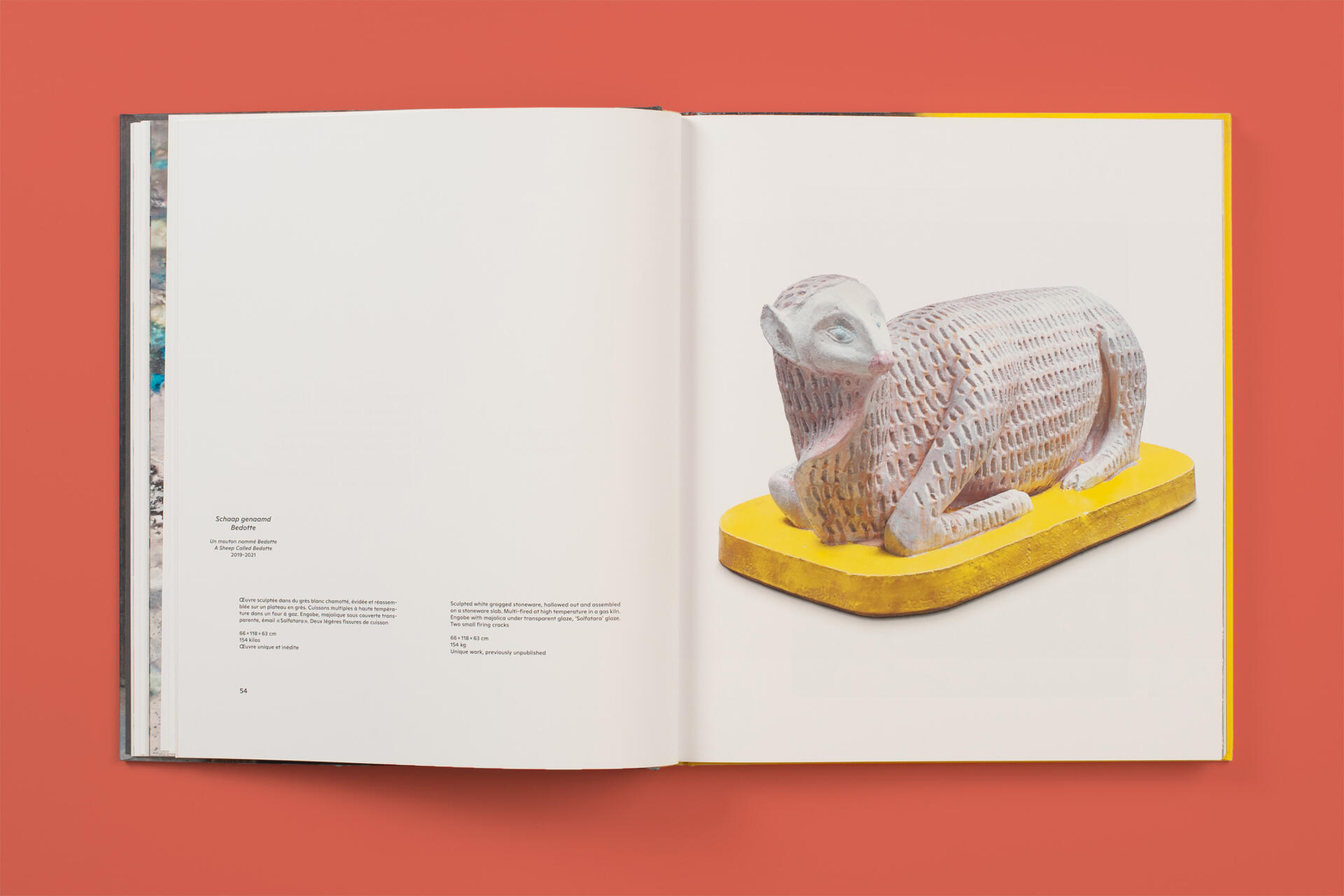
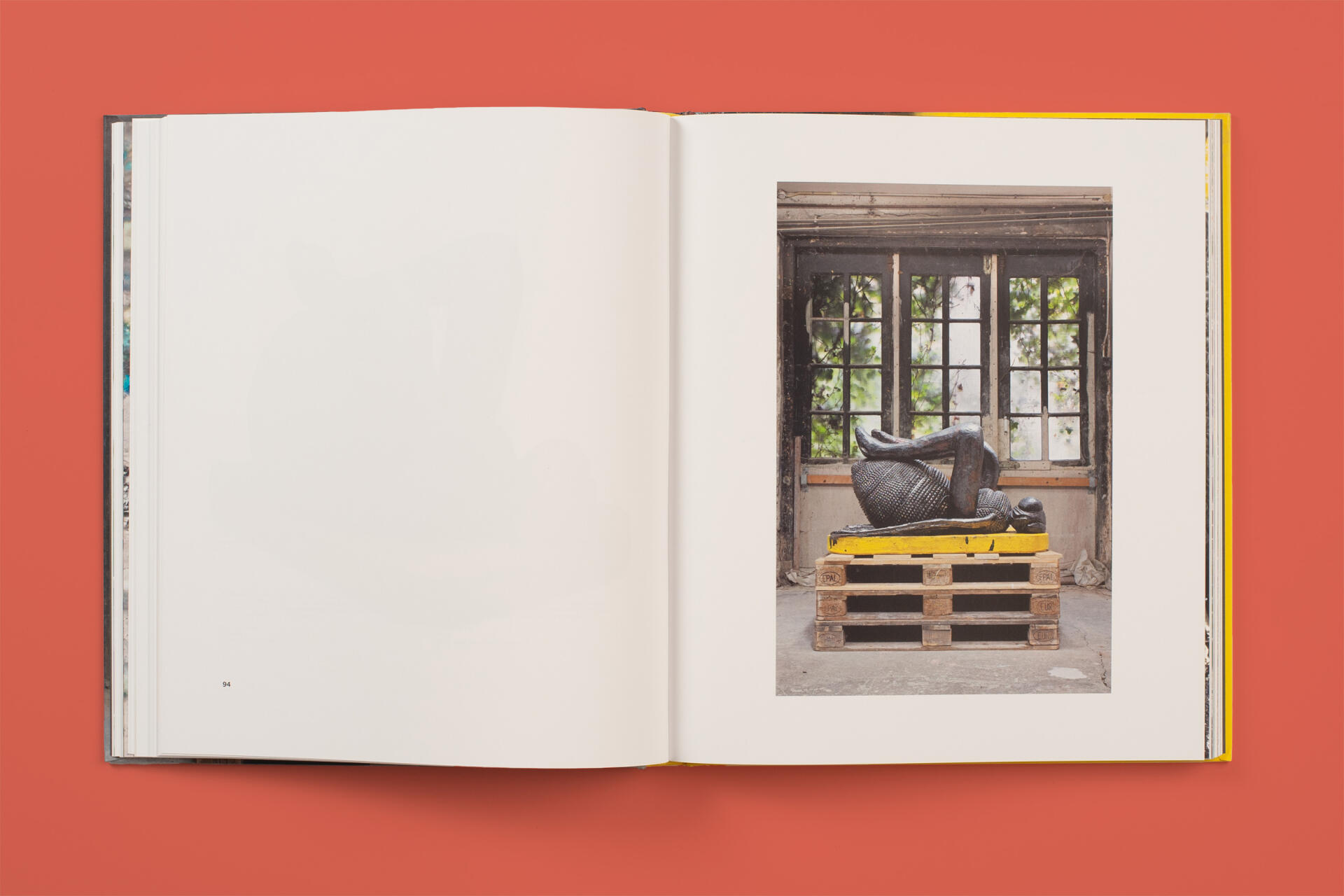
“In painting dating back to antiquity, as André Chastel reminds us in his book ‘Musca depicta’ (1994), the fly was a recurrent subject, a means to show off the artist’s manual and intellectual skills. Yet it appeared more rarely in sculpture, the material being more important than minute detail. This changed to some extent in modern art, with Marcel Duchamp’s unsettling ‘Torture-morte’ (1959), in which real flies are stuck to the sole of a plaster foot, and Damien Hirst’s striking installation ‘Let’s Eat Outdoors Today’ (1990-1991), a large glass cage containing hundreds of flies furiously proliferating around meat from an abandoned barbecue. But these are real flies, be they dead or alive, not a ceramic depiction of one, like Johan Creten’s ‘Dead Fly’, which is the size of a large dog and therefore closer to the scale of a human being. We might have to look to cinema to find an echo of this work: for as in Kurt Neumann’s and David Cronenberg’s films ‘The Fly’ (1958 and 1986), Creten’s fly has something human about it. It has legs, but only two and is too feminine-looking to be the remnants of a battle between species. The anomaly here is of uncertain origin, neither an accident of teleportation nor an anguished awakening from a Kafkaesque metamorphosis. It is more like a body in its integrity which, in death, reveals what was hidden in its activity.
As in the other ceramics of this new series, the artist highlights an aspect to which we were not paying sufficient attention. He shows the transition to humanity by reducing the number of legs from six to a single pair. Human beings are quite incapable of not picturing themselves when they are depicting an animal. The strangeness of the depiction appears all the less striking and the more convincing in that we have tended to forget what flies look like. With the mass extinction of species that is occurring, we hardly see them in towns any more. Except, on occasion, on our windowsills, dead, invariably lying on their backs, as if allowing themselves, in death, an ironical reminder to humans of themselves, by imitating them in their sleep or even in death, and demonstrating, in this final warning, a certain sense of tragedy.”
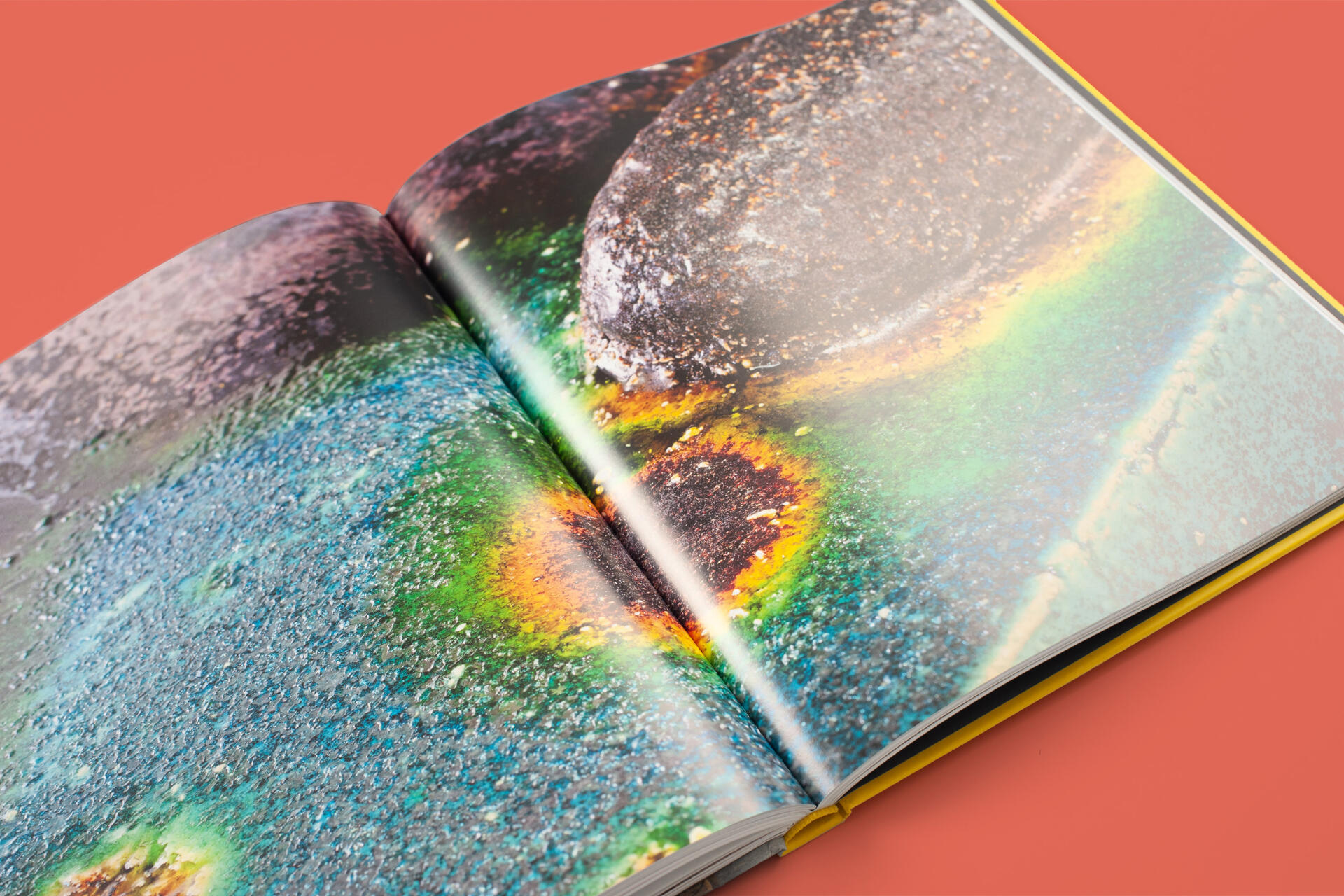
- TEXTS
Laurence Bertrand Dorléac
Guillaume Cassegrain
Barbara de Coninck
Anne Dressen
Bruno Gaudichon
Fabrice Hergott
Colin Lemoine
Chiara Parisi
Joël Riff
Language : English / French
Translations : Alexandra Keens, Helen Simpson, David Stanton
- GRAPHIC DESIGN
Agnès Dahan Studio with Baptiste Bignon
- FORMAT
25 x 29 cm
224 pages
Hardcover
- PAPER
Gardamat 150g
- PHOTOENGRAVING
Les Caméléons
- ISBN 978-02-07-298493-8
- Published by
© Éditions Gallimard, Paris, 2022
